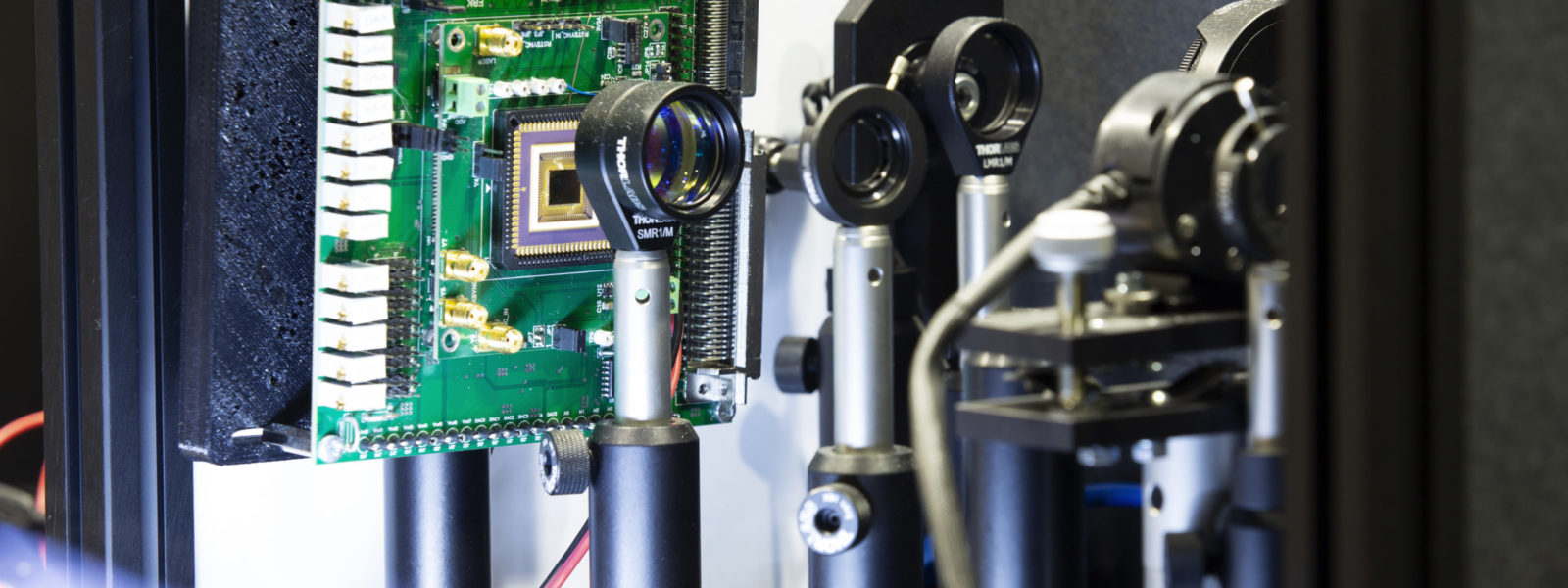High-precision and low-cost systems for air quality and medical diagnostics

Leonardo Gasparini, researcher at the Bruno Kessler Foundation, working in the team of the Q@TN laboratory, explains how ghost imaging is no longer science fiction. “In recent years, we worked on the SuperTwin project, funded by the European Union, which led to a first prototype of an innovative optical microscope that uses correlated photons to break the resolution barrier imposed by the laws of classical physics. By exploiting this technique, in the future it will be possible to observe particles of a few hundred nanometers, like a virus, “he comments. «Strengthened by this experience, we are now working on a new European project, which uses the ghost imaging technique to create an optical microscope capable of ‘seeing’ the ‘invisible’ characteristics of a sample».
With undetected photon spectroscopy, in fact, it is not necessary to measure the photon that interacts with the object and that classically carries the information with it. To explain what this technique consists of, the example of a close-knit couple is sometimes used: from one partner it is possible to grasp the mood of the other without even having to look at it, because the worries and satisfactions of one leave inevitably an imprint on the other member of the couple. Something similar happens in the quantum world. Thanks to the quantum correlation between the two photons, the modifications of one are reflected in the state of the other. It is therefore possible to use the easy-to-read correlated photon to obtain information on the partner photon that is difficult to access. In other words, it becomes possible to see a particle of light without looking at it.